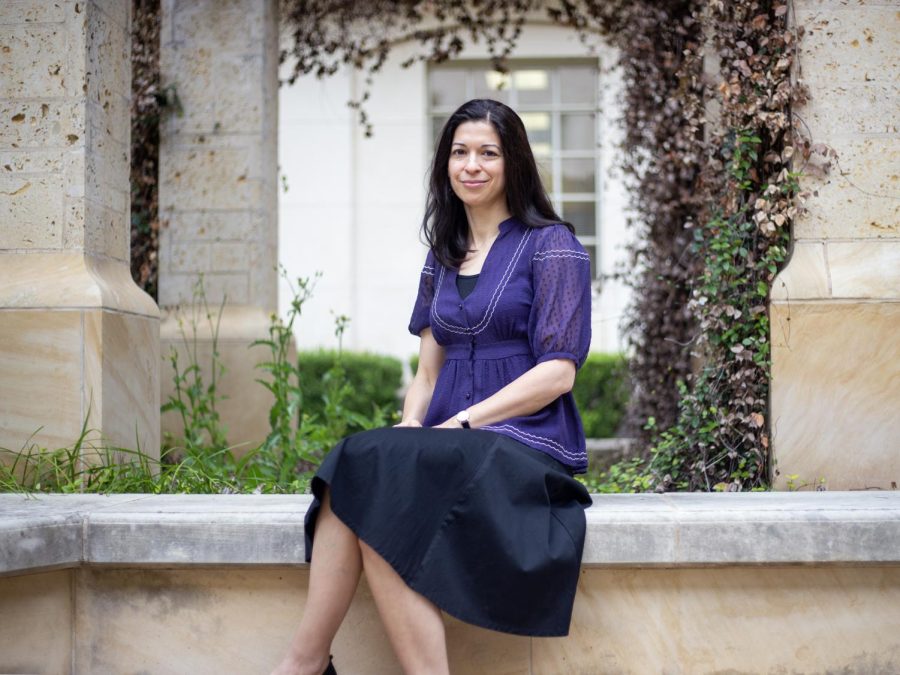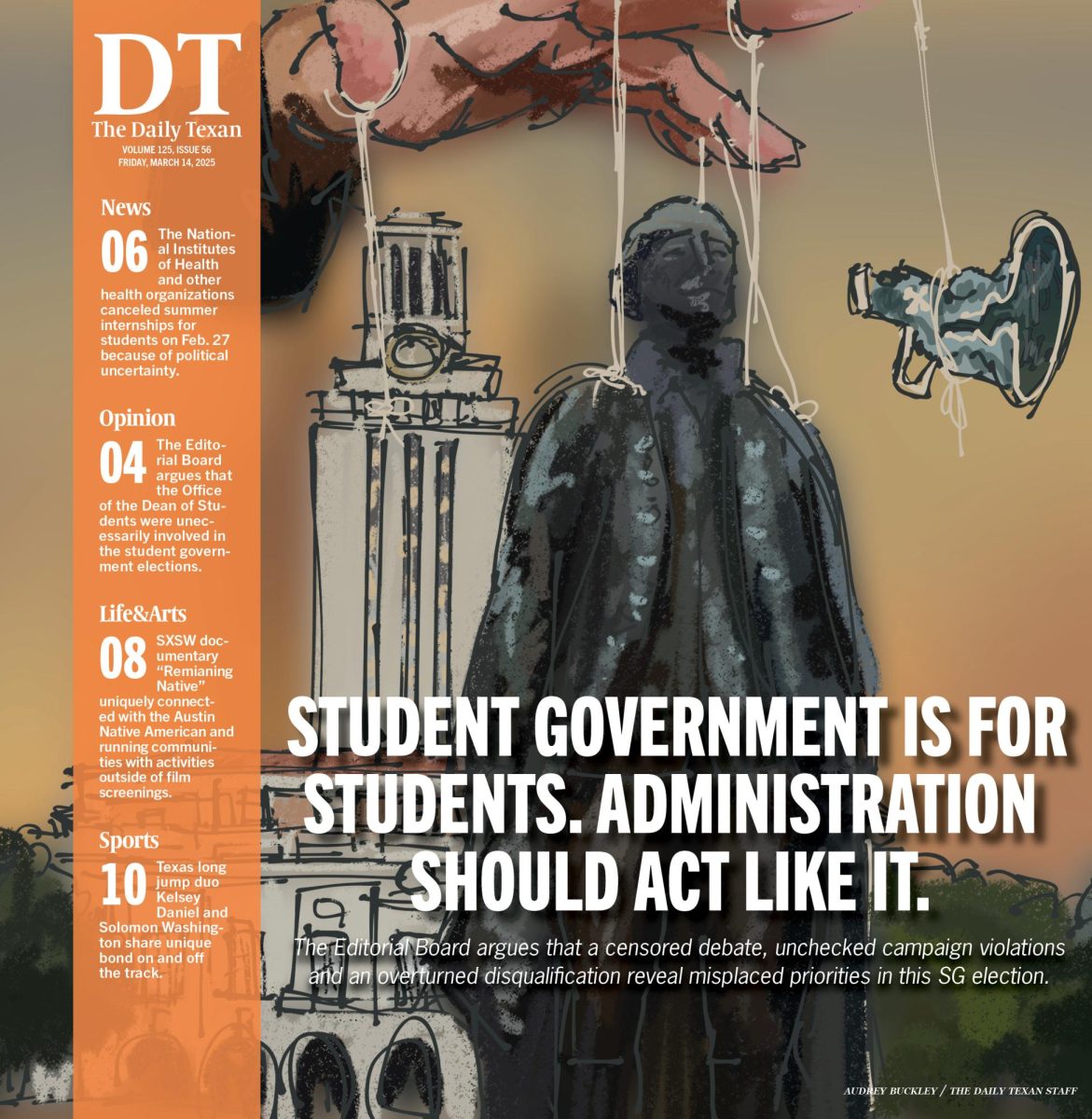UT professor edits first collection of Middle Eastern, North African Gothic literature
November 3, 2022
UT professor Karen Grumberg compiled the first collection of Middle Eastern and North African Gothic literature, which is set to publish in December.
Grumberg, professor in Middle Eastern Studies and Comparative Literature and director of the Center for Middle Eastern Studies, aid the volume comprises a collection of studies analyzing Gothic literature from various eras and languages including Arabic, Hebrew, Persian and Turkish.
The collection features work that spans the Maghreb, Arabian Peninsula, Iraq, Iran, Turkey, Egypt and Palestine, according to the Middle Eastern Center’s Instagram post.
“We tend to think of Gothic landscapes as being kind of European: kind of cold, foggy, rainy, there are lots of vampires and ghosts and figures like that, that are also associated with the Gothic,” Grumberg said. “Anything that’s kind of macabre, having to do with death or haunting.”
Grumberg said many people are familiar with the British or U.S. Southern Gothic but tend to forget that the themes and identifying factors of Gothic literature are not bound by region. However, she said there has recently been a push to open up the boundaries.
Previously, Grumberg compiled a similar volume focusing on Hebrew Gothic literature.
“The Gothic is a mode that is very much preoccupied with the past,” Grumberg said. “That’s why ghosts are so important, because ghosts represent the past invading the present.”
Maddie Lacy, English and Plan II senior, said she assisted Grumberg in editing the volume and found working with non-Western Gothics particularly interesting for her.
“Everyone knows what the Gothic is; but a lot of people aren’t familiar with Middle Eastern literature,” Lacy said. “(Middle Eastern Gothic) acts as a bridge for people to interact with it through something they kind of know (and) facilitates a conversation in a really powerful and interesting way because it’s about monsters and ghosts and dead bodies. It’s cool stuff.”
Grumberg said that Gothic literature can be written as a response to colonialism.
“In the Middle East, (war) is one of the defining features of why the Gothic is activated. … You have the fall of the Ottoman Empire, and then you have European colonialism and the carving up of the region, and you have post-colonialism.”
Authors that have written about the war in Iraq and the violent conflicts that have to do with the West are just one of many examples of contemporary Gothic, she said.
“It’s been a priority in the field of Gothic studies to expand the boundaries of the Gothic and what we call Gothic,” Grumberg said. “Although it sort of originated as a field of study that was concerned mostly with Anglophone literature, … there are different sorts of regional Gothics.”
The popular collection of Middle Eastern folktales, “One Thousand and One Nights,” contains many Gothic elements through its dictation of creepy crawlers and various monsters, Grumberg said.
“These creatures and these figures and these folktales predate what we think of as Gothic, (so) people hesitate to call them Gothic. One of the questions we need to ask is, ‘Does that mean that we have to limit ourselves?’” Grumberg said. “I don’t think so … and that’s one of the conversations that I hope the volume will open up.”












